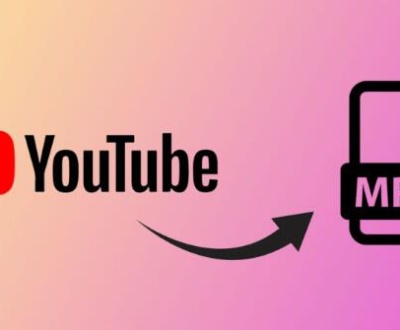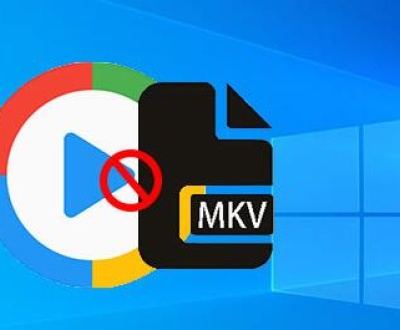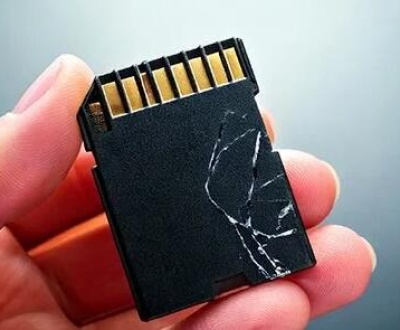1. Hard Drive Formatting
Before diving into the formatting process, it’s important to understand what formatting actually does to your hard drive. When you format a drive, it essentially wipes the data from the device, preparing it for fresh use. There are different types of formats depending on your operating system, file systems, and whether you need a quick format or a full format.
2. Why Format a Hard Drive?
Formatting can help with several issues, including:
Resolving disk errors and corruption.
Reinstalling your operating system.
Removing sensitive data before selling or donating your hard drive.
Preparing a new drive for use.
Understanding why you need to format will help guide the decision on whether to use a quick format or a full format.

3. Prerequisites and Preparation
Before you begin formatting, ensure the following:
Backup important data: Formatting will erase all data on the drive, so make sure you’ve backed up anything you need.
Choose the right file system: Depending on whether you are using Windows, macOS, or Linux, you’ll need to decide which file system is appropriate for your needs (NTFS for Windows, HFS+ for macOS, or ext4 for Linux).
Have the right tools: If your system is not recognizing the drive, you may need a special tool to format it.
4. Types of Formatting
There are two primary types of formatting:
Quick Format: This only removes the references to the files without checking the disk for errors. It’s faster but doesn’t detect potential issues.
Full Format: This takes longer but thoroughly checks the disk for bad sectors and completely erases data, making it a more thorough option for a problematic drive.
5. Step-by-Step Guide to Format a Hard Drive in Windows
Access Disk Management:
Press Win + X and select Disk Management.
Alternatively, type “disk management” into the search bar and select “Create and format hard disk partitions.”
Locate the Hard Drive:
In the Disk Management window, you’ll see a list of all connected drives. Identify the drive you want to format.
Right-click and Select Format:
Right-click on the drive and select Format.
Choose the File System:
For a new drive, choose NTFS (recommended for most uses) or exFAT if you want cross-platform compatibility (for use with both Windows and macOS).
Quick Format vs. Full Format:
For a quick format, check the “Quick Format” box. If you want to thoroughly check for bad sectors, leave it unchecked for a full format.
Start the Format:
Click OK and then Yes to confirm. The process will begin, and depending on the size of the drive, it may take several minutes or hours.
6. Formatting a Hard Drive Using Command Prompt in Windows
If Disk Management fails or you prefer a more hands-on approach, you can use the diskpart utility.
Open Command Prompt:
Press Win + X, and select Command Prompt (Admin) or search for it.
Launch Diskpart:
Type diskpart and press Enter. This opens the Disk Partition tool.
List the Disks:
Type list disk and press Enter. A list of all connected disks will appear.
Select the Disk to Format:
Type select disk X, where X is the number of the disk you want to format.
Clean the Disk (optional but recommended if there’s a problem):
Type clean and press Enter. This will delete all partitions on the disk.
Create a New Partition:
Type create partition primary and press Enter.
Format the Disk:
Type format fs=ntfs quick (for a quick format) or format fs=ntfs (for a full format) and press Enter.
Exit Diskpart:
Type exit to leave the Diskpart tool.
7. Formatting a Hard Drive on macOS
Formatting a hard drive on macOS involves the Disk Utility app. Here’s how:
Open Disk Utility:
Navigate to Applications > Utilities > Disk Utility.
Select the Disk:
In the sidebar, select the drive you want to format.
Erase the Disk:
Click the “Erase” button at the top of the window.
Choose the File System:
For macOS, choose APFS for newer systems or Mac OS Extended (Journaled) for older systems.
Choose exFAT if you need compatibility with Windows.
Confirm the Format:
Click Erase again. The process will begin, and the drive will be wiped clean.
8. Formatting a Hard Drive on Linux
Linux uses the GParted tool or command line utilities like fdisk or mkfs. Here’s how to use GParted:
Install GParted:
If it’s not installed, run sudo apt-get install gparted (for Debian-based systems).
Open GParted:
Run sudo gparted from the terminal.
Select the Disk:
Choose the drive you wish to format from the top-right drop-down menu.
Delete Existing Partitions:
Right-click the existing partitions and select Delete.
Create a New Partition Table:
Click Device > Create Partition Table. Choose the type of partition table (usually msdos or gpt).
Format the Drive:
Right-click on the unallocated space and select New.
Choose the file system (ext4. ntfs, or exFAT) and click Add.
Apply Changes:
Click the green checkmark to apply the changes.
9. Formatting with Third-Party Tools
If you’re encountering issues with the built-in formatting tools, third-party utilities might help. Some popular options include:
EaseUS Partition Master: Known for its ease of use and advanced features.
MiniTool Partition Wizard: Offers a free version with basic formatting tools.
AOMEI Partition Assistant: A user-friendly tool for managing partitions and formatting drives.
These tools often come with added features, such as repairing corrupted partitions or partition recovery, which can be helpful if you’re dealing with a problematic drive.
10. What to Do After Formatting a Hard Drive
After you’ve formatted the hard drive:
Check the drive’s health: Use software like CrystalDiskInfo or GSmartControl to monitor the health of your drive.
Repartition if necessary: If you need multiple partitions, you can create them at this point.
Reinstall your operating system: If you’re formatting the system drive, you’ll need to reinstall your operating system.
11. Troubleshooting Issues When Formatting a Hard Drive
If you encounter problems during the formatting process, such as the drive not appearing or the format failing, try the following:
Check cable connections: Ensure the hard drive is properly connected to your computer.
Use a different port or cable: Sometimes a faulty USB or SATA port/cable can prevent formatting.
Run disk repair tools: Utilities like chkdsk in Windows or Disk Utility in macOS can help fix underlying issues.
Check for hardware failure: If the drive continues to malfunction, it may be physically damaged.
Formatting a hard drive can resolve a range of issues, from minor corruption to preparing the drive for a fresh start. Always ensure your data is backed up before starting the process, and choose the right formatting method based on your needs. If you encounter problems, third-party tools or professional help may be required. By following this guide, you should be able to format your hard drive successfully and return it to working order.
About us and this blog
Panda Assistant is built on the latest data recovery algorithms, ensuring that no file is too damaged, too lost, or too corrupted to be recovered.
Request a free quote
We believe that data recovery shouldn’t be a daunting task. That’s why we’ve designed Panda Assistant to be as easy to use as it is powerful. With a few clicks, you can initiate a scan, preview recoverable files, and restore your data all within a matter of minutes.
Subscribe to our newsletter!
More from our blog
See all postsRecent Posts
- How to search folder in file explorer 2025-05-09
- How to search for duplicates in file explorer 2025-05-09
- Finder search not finding files 2025-05-09

 Try lt Free
Try lt Free Recovery success rate of up to
Recovery success rate of up to









